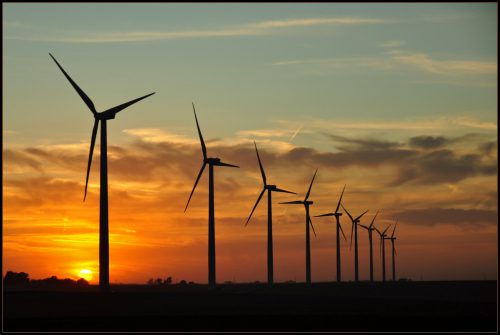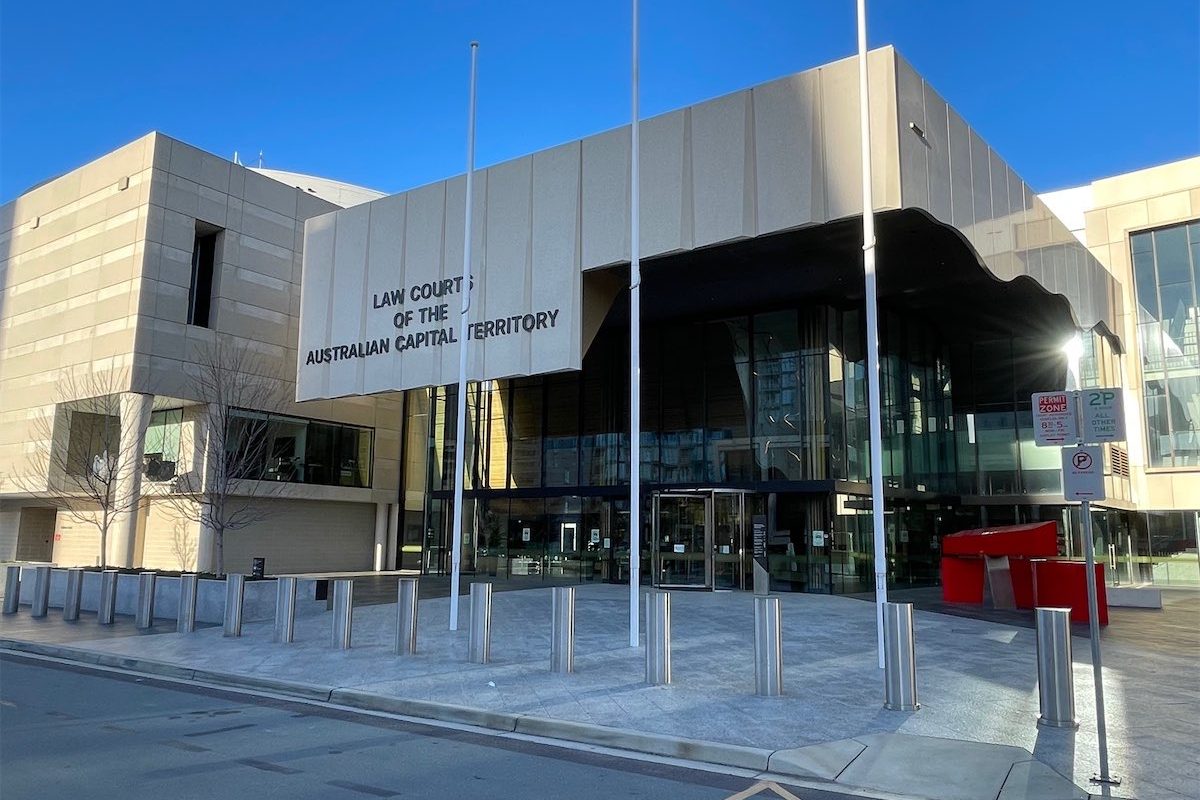By Jacqui Hoepner, Australian National University and Will J Grant, Australian National University
YESTERDAY, The Australian ran a front-page article about what it called a “groundbreaking” new study on wind turbines and their associated health impacts.
The study supposedly found a trend between participants’ perceived “sensations” and “offending sound pressure”.
The Australian’s environment editor Graham Lloyd claimed the (non-peer-reviewed) study shows that “people living near wind farms face a greater risk of suffering health complaints caused by the low-frequency noise generated by turbines”, adding that it may help to “resolve the contentious debate about the health impact of wind farms”.
Carried out by Steven Cooper of The Acoustic Group, the study was commissioned by energy company Pacific Hydro near its Cape Bridgewater wind farm in southwest Victoria.
But this study is an exemplary case of what we consider to be bad science and bad science reporting. Far from “resolving the contentious debate”, it’s much more likely inflame an already fractious and fraught situation.
Here’s a step-by-step guide to help you read this and similar studies.
Is it a good study or a bad study?
This study asked six specifically selected participants from three houses in the Cape Bridgewater area, all within 1.6 km of a wind turbine, to keep a diary of “perceived noise impacts”. Objective sound measures were also taken inside and outside homes. Though Cooper has said he is “not qualified in any shape or form to discuss the illness side”, the symptoms described in the diaries were assessed against the sound measure differences between periods when turbines were in normal operation and shut down. All participants had previously complained to Pacific Hydro about health effects related to the nearby wind farm.
So what do we have?
We have a study with a very small group of specifically selected participants, with no control group for comparison and based on self-reported data – without medical research supervision – when participants were well aware of the experimental conditions (that is, when turbines were turning or not).
And what does this mean?
It is virtually impossible to validly extrapolate these findings to other residents of Cape Bridgewater, or to those living near other wind farms around Australia.
It is impossible to meaningfully compare their experience with a control group of other residents.
Even if all six of these participants experienced their symptoms legitimately, we can’t establish cause and effect. Though Lloyd reported Cooper as claiming his study showed a clear “cause and effect” relationship, it just can’t.
But most importantly, you can’t trust the data. These participants were all clearly unfavourably disposed towards the wind farm beforehand, and were motivated to perceive and report symptoms in line with the wind turbine syndrome theory.
This is not to say that the participants – and perhaps others – do not experience adverse health effects when close to a wind turbine. But it is important to acknowledge the limitations of this type of diary-style data. Last year, New Zealand researchers found that almost 90% of the general population experienced many of the common symptoms associated with wind turbine syndrome within a given week.
When a study is designed with a specific, motivated sample group and a clear hypothesis from the outset, it is a bad one.
It’s a study that wouldn’t have done very well if put up for peer review – or submitted for assessment in an undergraduate science degree. So how did it make it to the front page of a major Australian newspaper?
Crucial context
The context of any study is crucial, particularly when commissioned and conducted by private companies.
In this case, there appears to be a level of motivated reasoning, both in the findings of the study and in its coverage by The Australian.
Statements from study participants are revealing. One called it “confirmation of the level of severity we were and are enduring”; another felt “absolute relief” at the results. It suggests that their feelings of anger, distress and injustice have been brewing for a long time. Despite the poor quality of the study and the limited findings, they feel vindicated.
Lloyd has been a long-time critic of wind farms and has repeatedly reported on studies that claim to show a link between wind turbines and ill health.
Division, personal attacks and vitriolic rhetoric from both sides have marred this issue for many years. So it is also important to note that although Pacific Hydro has since gone into damage control, with external relations manager Andrew Richards keen to emphasise the small sample size and complexity of the issue, the company deserves respect for commissioning this study and allowing The Acoustics Group full access to its wind farm operation.
Yet any steps to build a bridge to those who are opposed to wind turbines must be taken very carefully. Giving unfettered and un-reviewed methodological control to someone endorsed by anti-wind-turbine groups is a bit like giving Dracula the keys to the blood bank. It should be possible to work with opponents to investigate a shared problem scientifically – but this is not the way.
Final tip
If a credible, scientifically rigorous study were to show a link between wind turbine operation and health effects, it should absolutely be taken seriously. There are people throughout Australia who genuinely believe their lives, health and well being are being affected by living near wind farms.
If good science can prove them right, then we must take it into account. But no one benefits from bad science.
![]()
This article was originally published on The Conversation.
Read the original article.
[Photo by Tumbling Run, attribution licence]
Who can be trusted?
In a world of spin and confusion, there’s never been a more important time to support independent journalism in Canberra.
If you trust our work online and want to enforce the power of independent voices, I invite you to make a small contribution.
Every dollar of support is invested back into our journalism to help keep citynews.com.au strong and free.
Thank you,
Ian Meikle, editor





Leave a Reply